As a passionate gardener, you might be wondering about the best herbs to grow in Zone 6.
With its moderate climate and well-distributed rainfall, this region offers excellent conditions for cultivating a variety of aromatic and flavorful herbs.
In this article, we will introduce some top choices for Zone 6 herb gardening that not only thrive but also add exceptional value to your culinary endeavors and home remedies.
Stay tuned to learn more about their specific growing requirements and how to make the most of these herbal treasures in your daily life!
Top Herbs for Zone 6 Gardens
In Zone 6, the climate varies with average minimum winter temperatures ranging from -10°F to 0°F.
This weather condition offers a good environment for growing a wide variety of herbs.
Below is the essential information on a variety of herbs to transform your Zone 6 garden into a green oasis of flavors and aromas.
Basil
Basil is a must-have herb in your Zone 6 garden. It thrives in warm temperatures and loves the sun.

Plant it in a well-drained area and water regularly.
Basil comes in several varieties like sweet, Thai, and purple basil, offering diverse flavors for your culinary adventures.
Oregano
Oregano is a classic Mediterranean herb that's perfect for flavoring your pizzas and pasta dishes.

It prefers full sun exposure and well-draining soil. Oregano is a cold-hardy plant, making it a fantastic choice for Zone 6 gardens.
Mint
Mint is a versatile herb that enhances both sweet and savory dishes. It's a fast-growing, cold-tolerant plant, making it suitable for Zone 6.

Remember to place mint in its own container, as it can be invasive and may take over your garden bed.
Sage
Sage is a delightful herb with lovely silvery-green leaves, adding both taste and aesthetics to your garden.
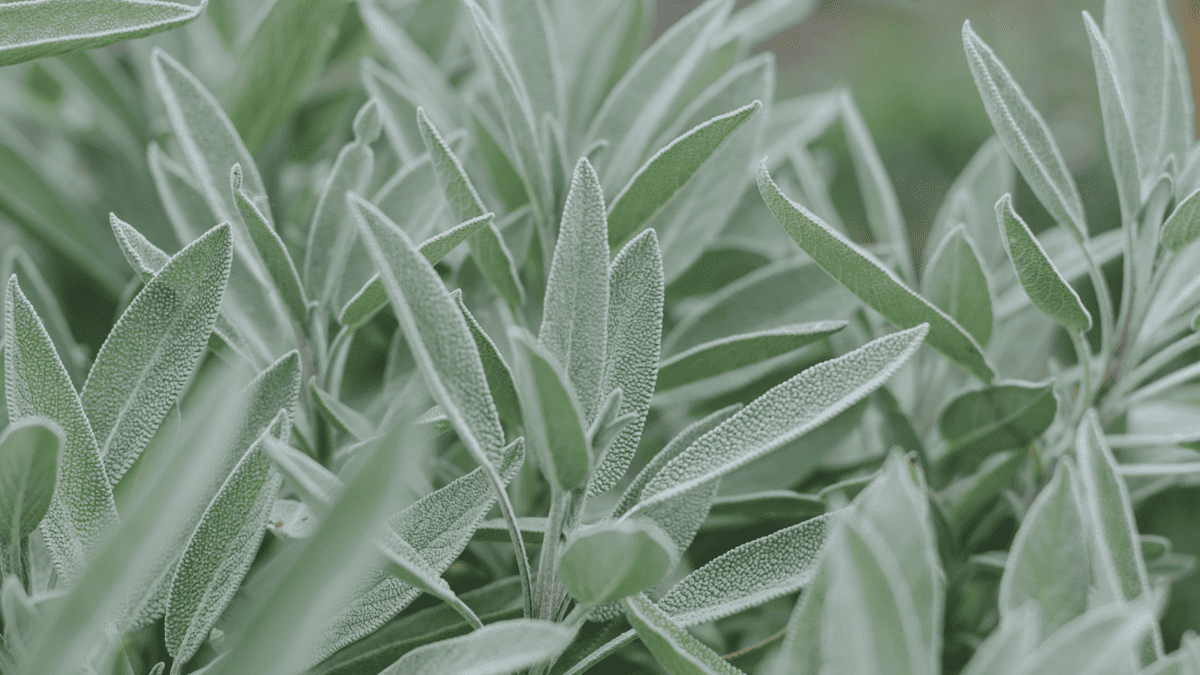
A hardy perennial, sage can withstand the colder temperatures of Zone 6. Make sure it has well-draining soil and plenty of sun.
Thyme
Thyme is a versatile, drought-tolerant herb with creeping stems and tiny, aromatic leaves.

It can easily endure the colder temperatures of Zone 6. Thyme requires well-draining soil and full sun exposure to flourish.
Rosemary
Rosemary, with its fragrant needle-like leaves, adds a Mediterranean touch to your garden.
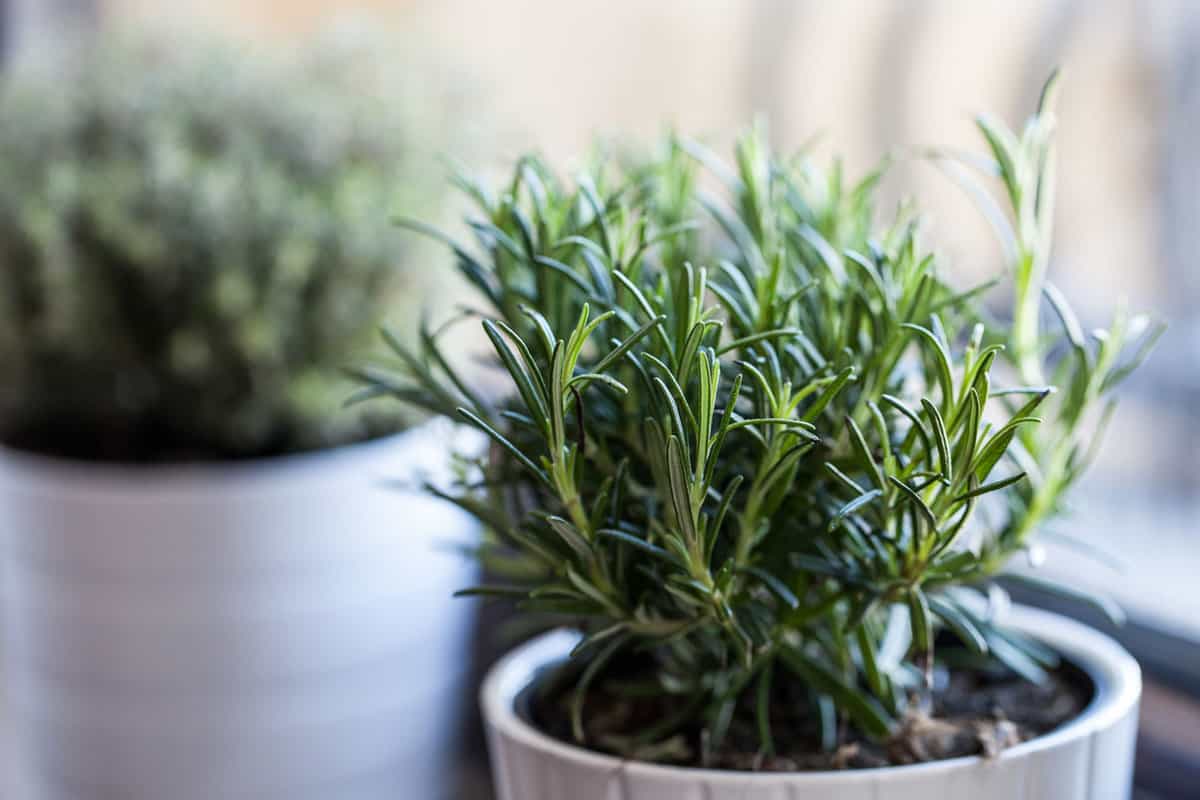
While not as cold-tolerant as some other herbs, rosemary can survive Zone 6 winter if provided with proper mulching and shelter.
Chives
Chives are perfect for adding a mild onion flavor to your dishes.
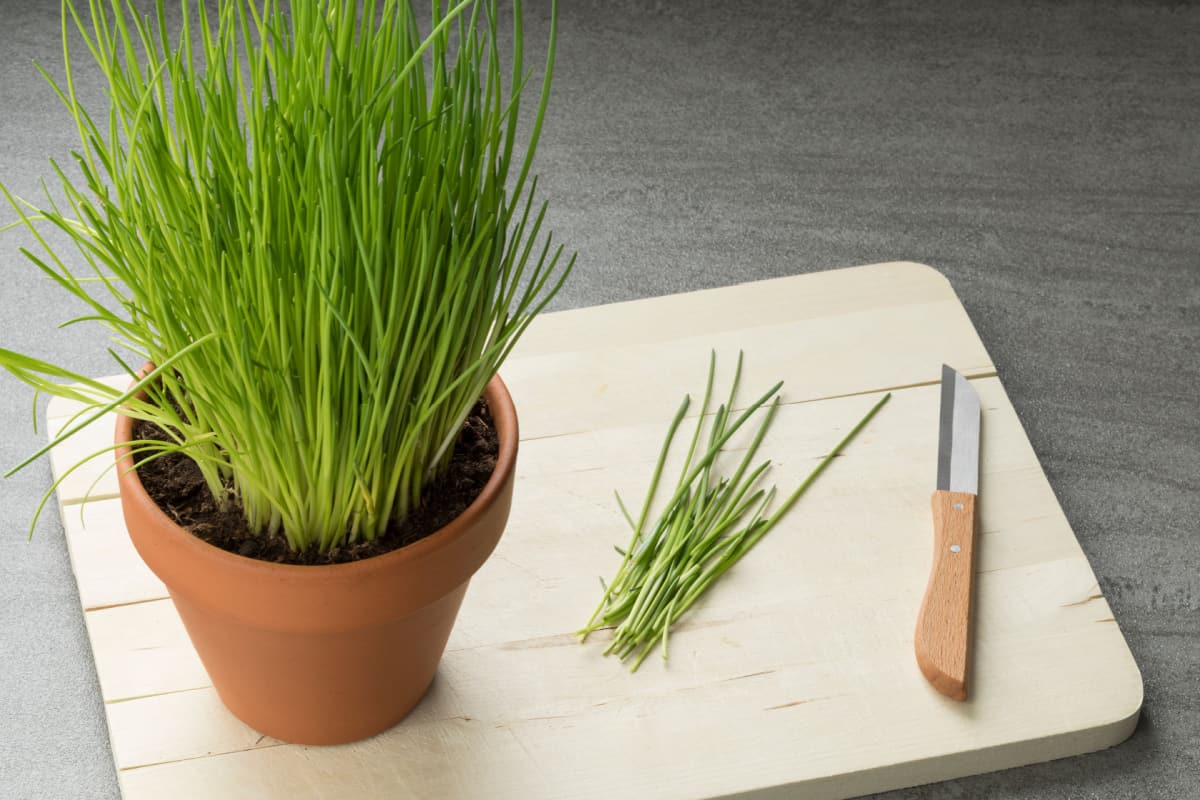
These resilient perennials can tolerate colder temperatures and require minimal care.
Plant them in well-drained soil and provide ample sunlight for the best results.
Lavender
Lavender is renowned for its alluring fragrance and beautiful purple flowers.

When grown in well-draining soil and provided full sunlight, this lovely herb can thrive in Zone 6 gardens.
Dill
Dill, with its feathery leaves and delicate flavor, is an excellent addition to any garden.
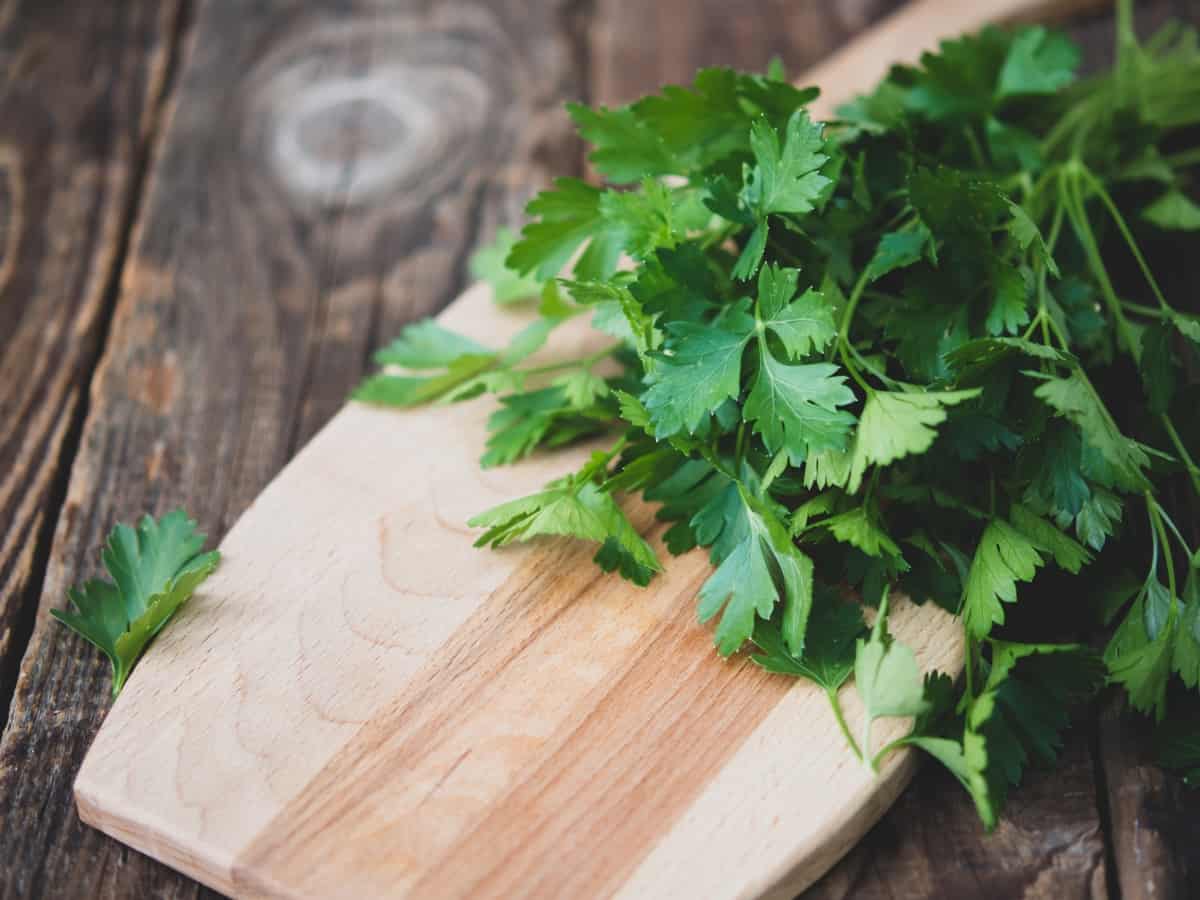
It prefers well-draining soil and full sun exposure. Dill is an annual herb that can handle the temperature fluctuations of Zone 6.
Lemon Balm
Lemon balm is treasured for its delightful lemon-scented leaves. It's cold-hardy and can easily endure Zone 6 conditions.
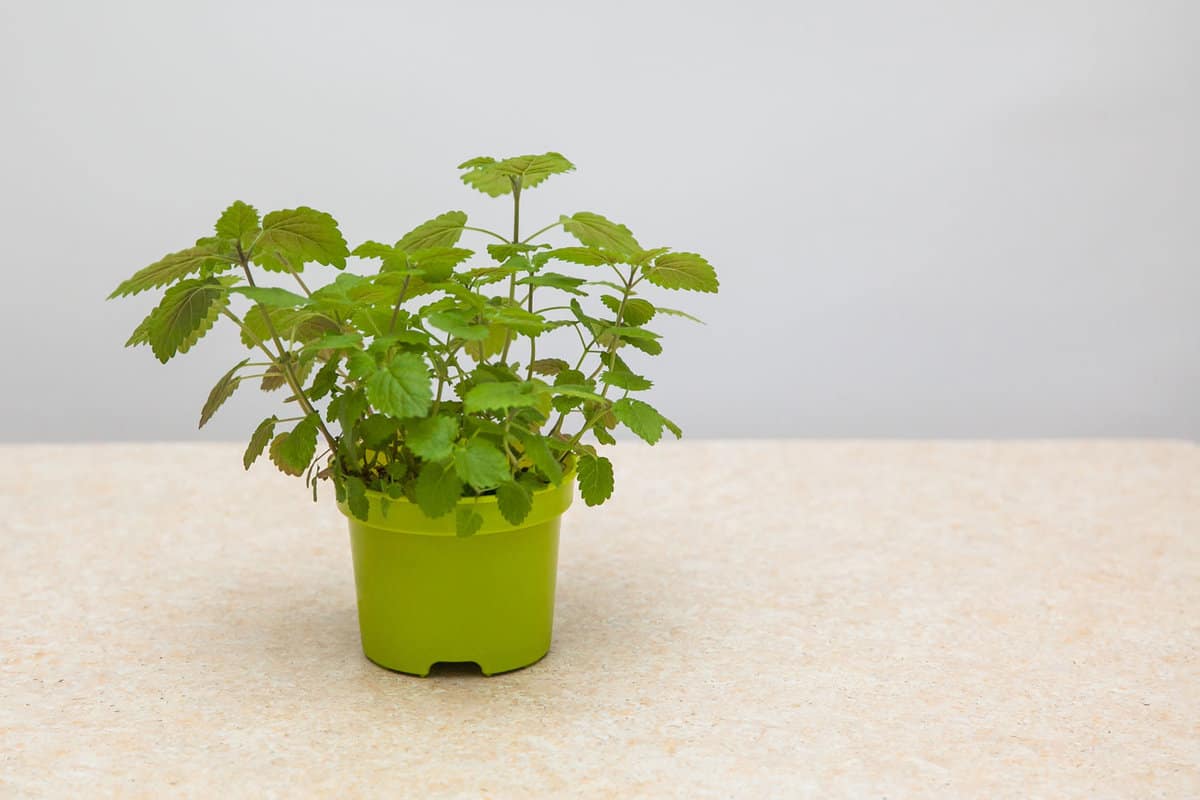
Plant it in well-draining soil and provide it with partial to full sun exposure.
Parsley
Parsley is a popular and versatile herb that can be easily grown in a Zone 6 garden.

Requiring well-draining soil, parsley enjoys full sun to partial shade and can withstand colder temperatures.
Tarragon
Tarragon, with its distinctive anise-like flavor, is a fantastic addition to any herb garden.
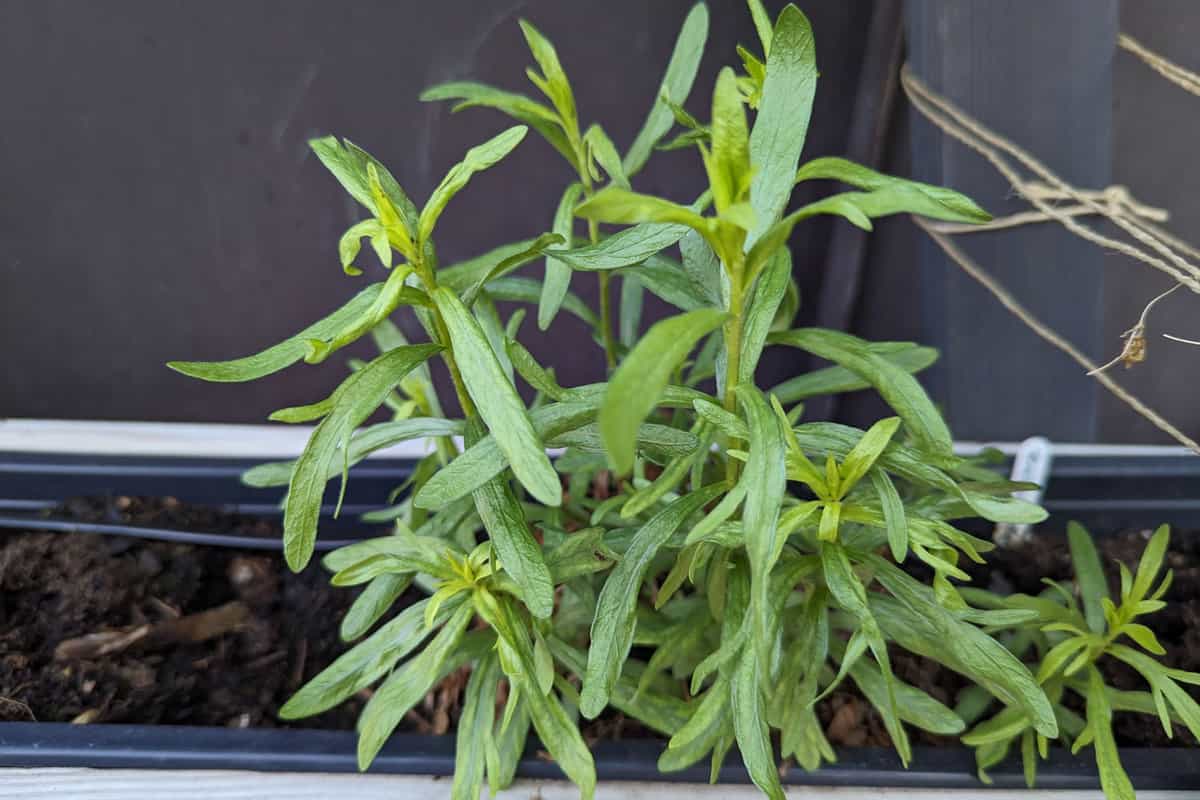
To ensure thriving tarragon, provide well-draining soil and full sun exposure. This herb is well-suited to the temperature ranges of Zone 6.
Chamomile
Chamomile, known for its calming effects, is a lovely herb to grow in Zone 6. It requires well-drained soil and full sun exposure.

The dainty chamomile flowers can be harvested to make a soothing, fragrant tea.
Cilantro
Cilantro is a favorite among many cooks and gardeners, offering its unique flavor to various dishes.

As a cool-weather herb, cilantro can grow well in Zone 6. Ensure well-draining soil and full sun to partial shade for optimal growth.
Echinacea
Echinacea, or coneflower, adds a beautiful pop of color to your garden with medicinal benefits.

This cold-hardy perennial is well-suited for Zone 6, requiring well-drained soil and full sun exposure.
Rue
Rue is a lesser-known cold-hardy herb that can easily endure Zone 6 conditions.
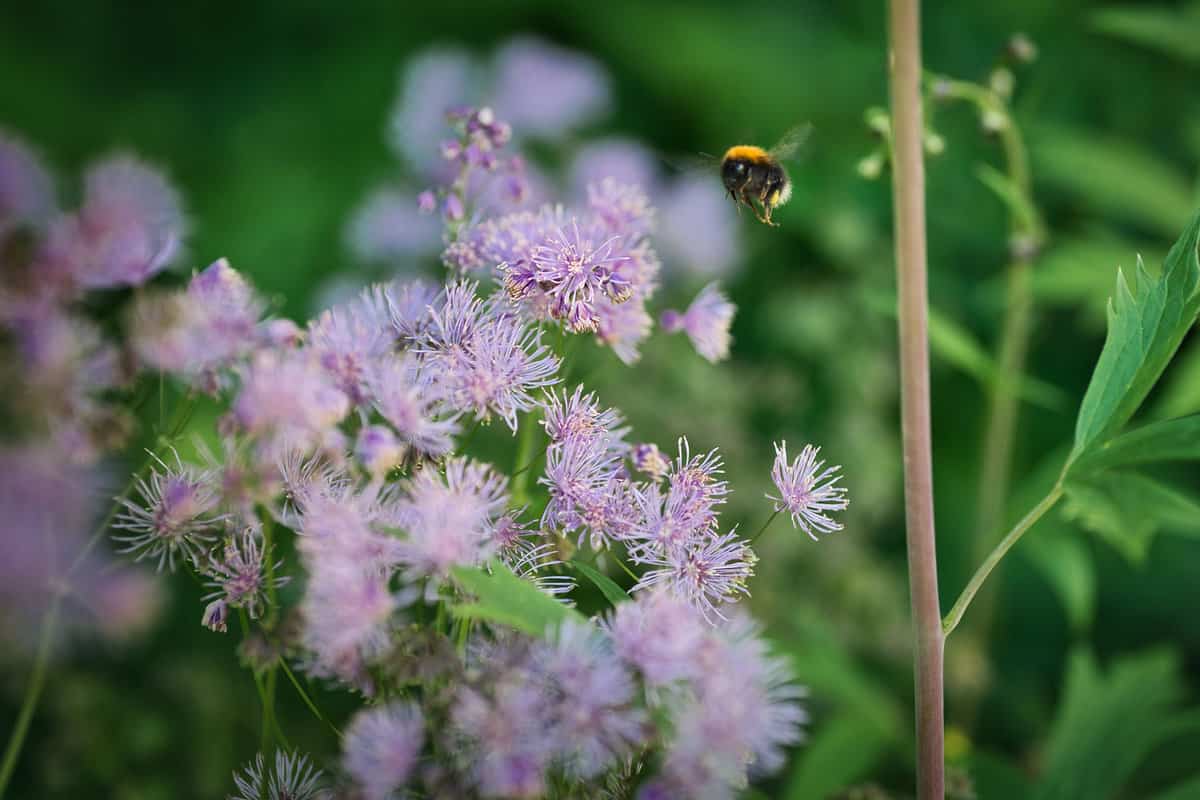
It boasts attractive bluish-green leaves and requires well-drained soil and full sun exposure for the best results.
Catnip
Catnip is not only a fun treat for your feline friends but also a cold-hardy herb suitable for Zone 6 gardens.

Grow it in well-drained soil and provide full sun or light shade for optimal growth.
Comfrey
Comfrey is known for its medicinal properties and vibrant purple flowers. This perennial herb can tolerate the colder temperatures of Zone 6.

Make sure to provide it with well-draining soil and ample sun exposure.
Marjoram
Marjoram is a delightful herb that adds flavor and aroma to various dishes.
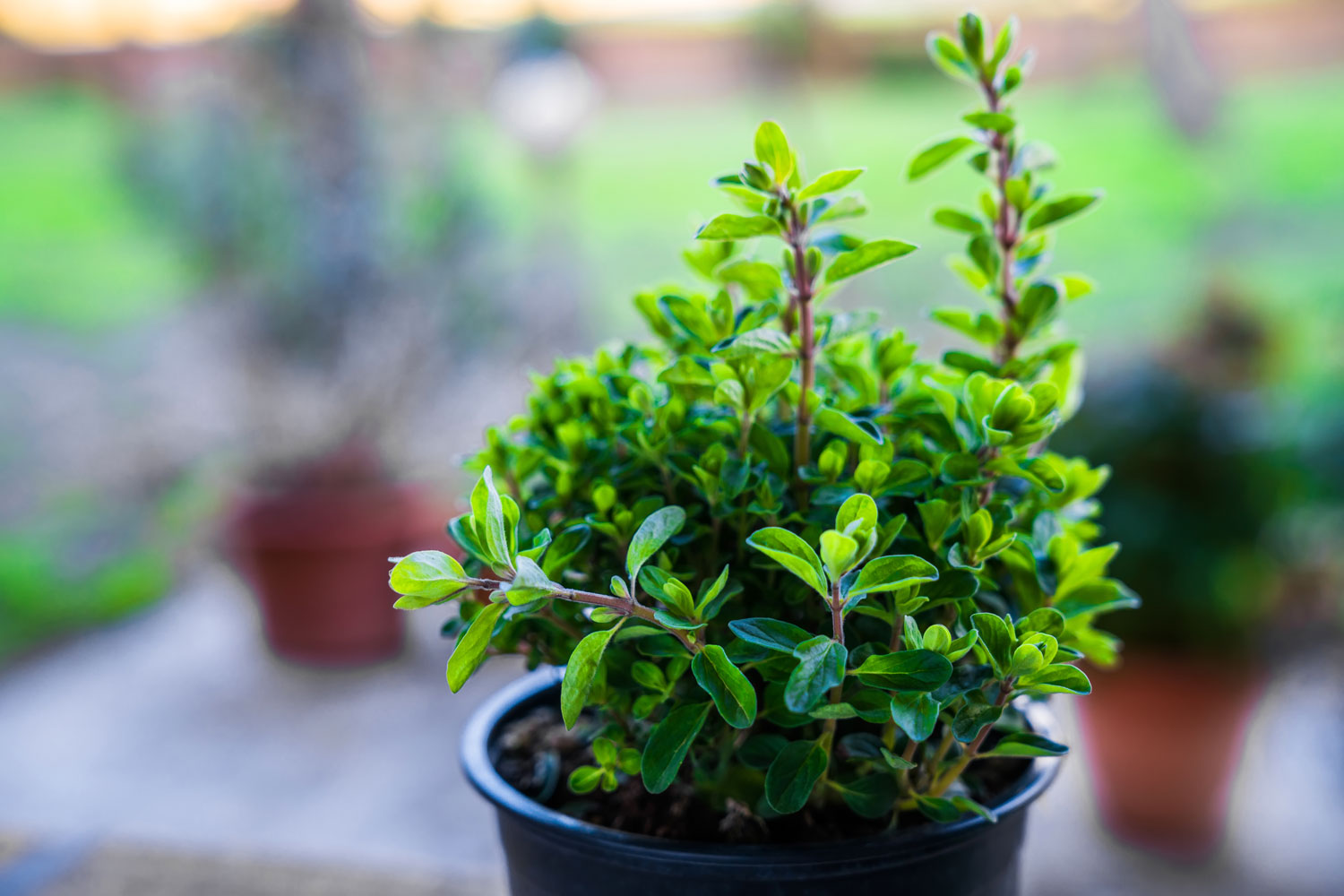
Plant it in well-draining soil and provide full sun exposure for the best growth. Marjoram can endure the temperature fluctuations of Zone 6.
Fennel
Fennel, with its feathery leaves and unique licorice flavor, is a fantastic addition to your Zone 6 garden.

Ensure well-drained soil and full sun exposure for a thriving fennel plant.
Garlic
Garlic is a staple ingredient in many kitchens and can be easily grown in Zone 6.

Plant it in well-draining soil and provide full sun exposure. Garlic is a cold-hardy herb that can withstand temperature fluctuations.
Growing Tips for Zone 6 Herbs
To cultivate a flourishing herb garden in Zone 6, it is essential to pay attention to several key factors that will ensure a bountiful harvest of fresh and fragrant herbs throughout the season.
Selecting the Right Soil
Start with the right soil—ideally well-drained and nutrient-rich—supplemented with organic matter like compost.
Ensure your soil pH is slightly acidic to neutral, between 6 and 7, which is optimal for most herbs.
Plant perennial herbs like rosemary and lavender after the last frost in early spring, while annuals like basil and cilantro should be planted once the soil has warmed up.
Remember to space herbs appropriately, group them based on similar needs, and consider companion planting for pest control and healthy growth.
Sunlight and Watering Requirements
Sunlight is crucial for herbs, with a minimum requirement of six hours daily. Some herbs, like mint and parsley, can handle partial shade.
Therefore, place your garden in a sunny location.
When watering, do it deeply but sparingly, allowing the soil to dry between sessions to prevent root rot.
Use well-aerated soil that drains quickly to avoid soggy conditions.
Fertilizing and Mulching
Regular fertilizing is essential for vibrant, healthy herbs.
Apply organic, balanced fertilizer in the spring and mid-summer to keep them well-nourished.
Additionally, apply a layer of mulch around your herbs to help retain moisture, regulate soil temperature, and deter weeds.
Opt for organic mulch, such as straw, wood chips, or cocoa bean shells.
Click here to see this straw mulch on Amazon.
Click here to see this pack of cocoa bean shells on Amazon.
Pest and Disease Management
Lastly, maintain a clean garden to manage pests and diseases effectively.
Use eco-friendly pest solutions like insecticidal soaps or neem oil, and employ companion planting to attract beneficial insects for natural pest control.
Click here to see this insecticidal soap on Amazon.
Click here to see this neem oil on Amazon.
Sowing Seeds of Success
We've navigated the lush landscape of Zone 6 herb gardening, uncovering a variety of robust and beneficial herbs.
These plants not only thrive in this region's climate but also offer culinary and medicinal value.
Remember, successful herb cultivation involves careful attention to soil, sunlight, watering, and pest control.
With these elements in balance, you can create a thriving herbal haven in your Zone 6 garden.
So, don your gardening gloves and immerse yourself in the rewarding world of herb gardening!
Learn more about these amazing plants by checking out our collection of informative articles below.




